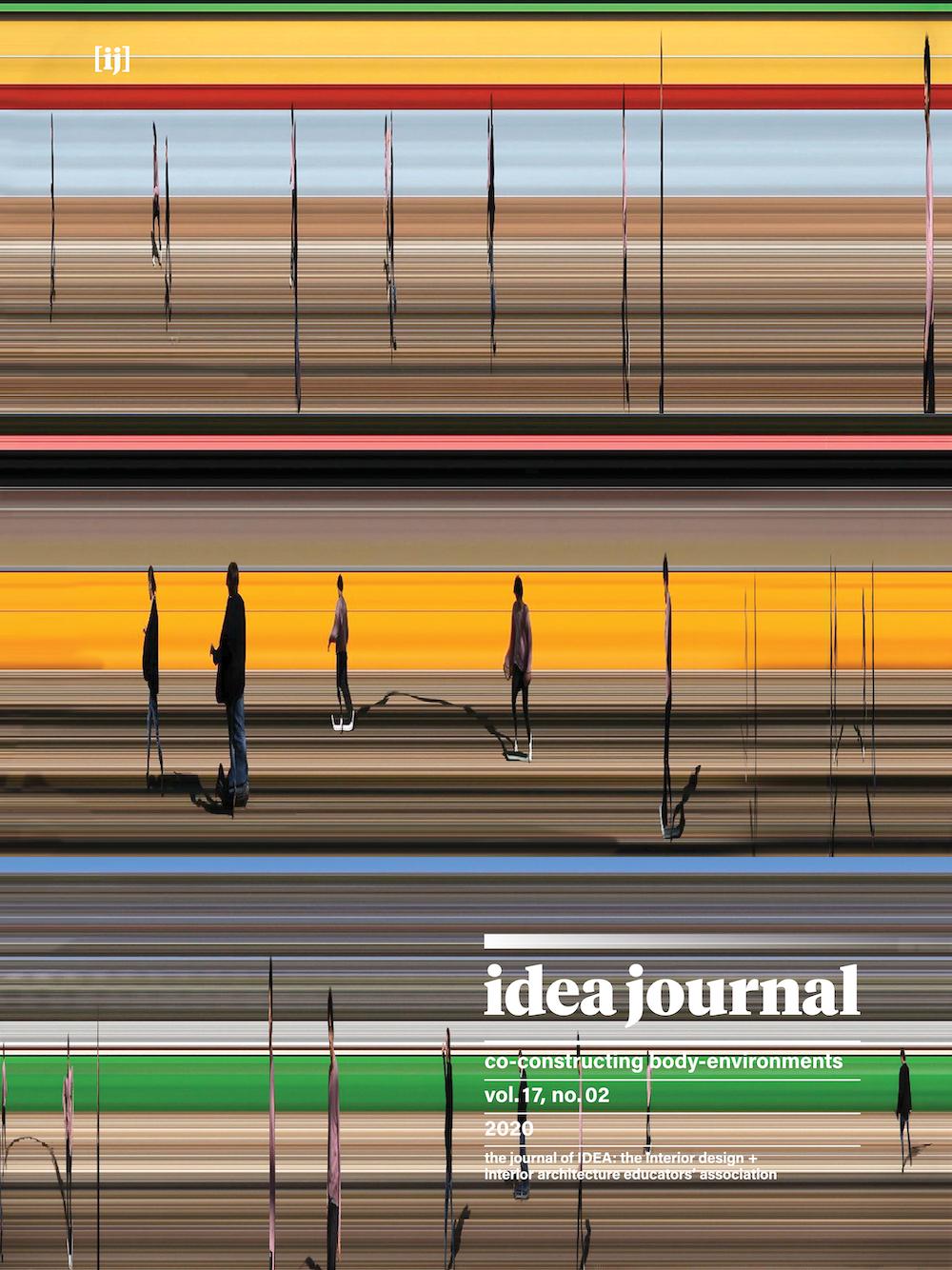Movement, Narrative and Multiplicity in Embodied Orientation and Collaboration from Prehistory to the Present
Main Article Content
Abstract
The term ‘body of knowledge’ has a double meaning, implying a unified assemblage of knowledge as well as embodied cognition. But knowledge is not naturally unified, as was apparent in the first Body of Knowledge Conference, where the internalist neurosciences presenting themselves as universalist and objective were clearly divided from the externalist performing arts with their more experiential and practice-based character. Assemblage across such divides takes embodied, collaborative, social and technological action. I suggest that bridging of the divides from both sides is now starting to emerge through an augmentation of the dimensions of what Ed Hutchins has called a ‘cognitive ecosystem’ to include a complex multiplicity of culture, history, and exchange. A socio-historical cognitive ecosystem that emphasises the central importance of narrative, collaboration and movement, multiplicity, and orientation in embodied cognitive practises.
Building on the talk I gave at the 2016 Body of Knowledge Conference, this paper aims to explore the roles of movement, narrative, and multiplicity in embodied orientation and collaboration, from prehistory to the present. Disparate narratives of movement, multiplicity, collaboration, and cognition that are emerging in a variety of seemingly unrelated disciplines are woven together in three parts: 1) recent neuro-scientific research on the ‘cognitive map’ in the brain; 2) recent reticulated accounts of how hominims moved out of Africa; and 3 how differing knowledge traditions and ontologies can be seen to work together in the case of the chart drawn for Captain Cook by Tupaia, the great Polynesian navigator.
Article Details
Author/s and or their institutions retain copyright ownership over works submitted to Idea Journal, and provide the Interior Design / Interior Architecture Educators Association with a non–exclusive license to use the work for the purposes listed below:
- Make available/publish electronically on the Idea Journal website
- Publish as part of Idea Journal's online open access publications
- Store in electronic databases, on websites and CDs/DVDs, which comprise of post-publication articles to be used for publishing by the Interior Design / Interior Architecture Educators Association.
Reproduction is prohibited without written permission of the publisher, the author/s or their nominated university. The work submitted for review should not have been published or be in the process of being reviewed by another publisher. Authors should ensure that any images used in their essays have copyright clearance.

